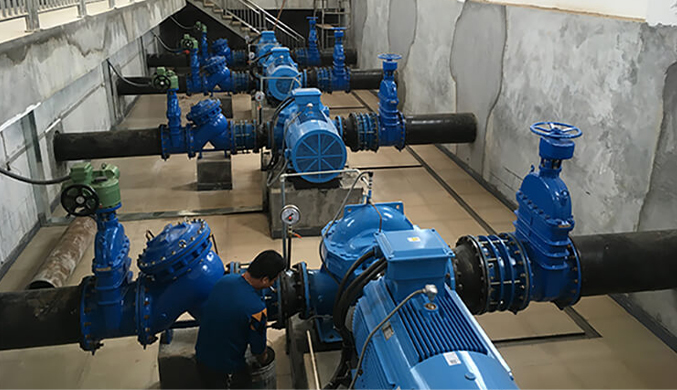English
- Afrikaans
- Albanian
- Amharic
- Arabic
- Armenian
- Azerbaijani
- Basque
- Belarusian
- Bengali
- Bosnian
- Bulgarian
- Catalan
- Cebuano
- Corsican
- Croatian
- Czech
- Danish
- Dutch
- English
- Esperanto
- Estonian
- Finnish
- French
- Frisian
- Galician
- Georgian
- German
- Greek
- Gujarati
- Haitian Creole
- hausa
- hawaiian
- Hebrew
- Hindi
- Miao
- Hungarian
- Icelandic
- igbo
- Indonesian
- irish
- Italian
- Japanese
- Javanese
- Kannada
- kazakh
- Khmer
- Rwandese
- Korean
- Kurdish
- Kyrgyz
- Lao
- Latin
- Latvian
- Lithuanian
- Luxembourgish
- Macedonian
- Malgashi
- Malay
- Malayalam
- Maltese
- Maori
- Marathi
- Mongolian
- Myanmar
- Nepali
- Norwegian
- Norwegian
- Occitan
- Pashto
- Persian
- Polish
- Portuguese
- Punjabi
- Romanian
- Russian
- Samoan
- Scottish Gaelic
- Serbian
- Sesotho
- Shona
- Sindhi
- Sinhala
- Slovak
- Slovenian
- Somali
- Spanish
- Sundanese
- Swahili
- Swedish
- Tagalog
- Tajik
- Tamil
- Tatar
- Telugu
- Thai
- Turkish
- Turkmen
- Ukrainian
- Urdu
- Uighur
- Uzbek
- Vietnamese
- Welsh
- Bantu
- Yiddish
- Yoruba
- Zulu
Telephone: +86 13120555503
Email: frank@cypump.com
Dec . 10, 2024 10:05 Back to list
slurry pump calculations
Understanding Slurry Pump Calculations A Comprehensive Guide
Slurry pumps play a crucial role in various industrial applications, particularly in mining, dredging, and waste management, where the transport of slurries—mixtures of solids and liquids—is essential. Given the complexity of slurries, proper calculation and selection of slurry pumps are vital for ensuring efficiency and reliability in operations. In this article, we will delve into the fundamental aspects of slurry pump calculations, including key parameters and methodologies that engineers and operators should consider.
Key Parameters in Slurry Pump Calculations
1. Slurry Density One of the primary factors in slurry pump calculations is the density of the slurry. This density influences the pump's performance and the power required to move the slurry. Slurry density is usually expressed in grams per cubic centimeter (g/cm³) or pounds per gallon (lb/gal). Accurate measurement of density is critical, as variations can significantly affect pump selection and sizing.
2. Flow Rate The required flow rate is another essential parameter. It is necessary to determine the volume of slurry that needs to be transported over a specific time period. Flow rates are typically expressed in cubic meters per hour (m³/h) or gallons per minute (GPM). Identifying the right flow rate helps in selecting a pump with suitable capacity and ensures that operational demands are met without overloading the equipment.
3. Head The total head (or pumping head) refers to the height the slurry needs to be lifted and is a critical factor in determining the pump's hydraulic performance. This includes the static head (the height difference between the source and destination), dynamic head (the friction losses in the piping system), and any additional pressure requirements. Engineers must account for these when calculating the necessary power and selecting the appropriate pump.
4. Viscosity and Particle Size The viscosity of the slurry, or how thick the mix is, can also impact pump performance. Higher viscosity slurries require more energy to pump, which may necessitate the use of specially designed pumps. Additionally, the size and concentration of solid particles in the slurry affect both the wear on the pump and the selection of the pump type. It is essential to analyze particle size distribution and solid concentration to prevent pump failure and optimize efficiency.
Calculation Methods
slurry pump calculations

To effectively calculate the performance requirements for a slurry pump, engineers often employ the following methods
- Pump Power Calculation The hydraulic power required to pump the slurry can be calculated using the formula
\[ P = \frac{{Q \times H \times \rho \times g}}{{\eta}} \]
Where - \( P \) = Power (W) - \( Q \) = Flow rate (m³/s) - \( H \) = Total head (m) - \( \rho \) = Slurry density (kg/m³) - \( g \) = Acceleration due to gravity (approximately 9.81 m/s²) - \( \eta \) = Pump efficiency (expressed as a decimal)
- Pump Selection Charts Many manufacturers provide pump selection charts that help match specific operational conditions with the appropriate pump model. These charts consider factors like flow rate, head capacity, and slurry characteristics.
Conclusion
The successful transport of slurries using pumps hinges on accurate calculations and a thorough understanding of the specific operational parameters. By carefully analyzing slurry density, flow rates, head requirements, viscosity, and particle sizes, engineers can select the most suitable slurry pump for their needs. Proper pump selection not only enhances operational efficiency but also minimizes maintenance costs and extends the life of the equipment, ensuring smooth and reliable industrial processes.
-
Horizontal Split Case Pump with GPT-4 Turbo | High Efficiency
NewsAug.01,2025
-
ISG Series Pipeline Pump - Chi Yuan Pumps | High Efficiency, Durable Design
NewsAug.01,2025
-
Advanced Flue Gas Desulfurization Pump with GPT-4 Turbo | Durable & Efficient
NewsJul.31,2025
-
ISG Series Vertical Pipeline Pump - Chi Yuan Pumps | Advanced Hydraulic Design&Durable Construction
NewsJul.31,2025
-
ISG Series Vertical Pipeline Pump - Chi Yuan Pumps | Energy Efficient & Low Noise
NewsJul.31,2025
-
pipeline pump - Chi Yuan Pumps Co., LTD.|High Efficiency&Low Noise
NewsJul.31,2025










